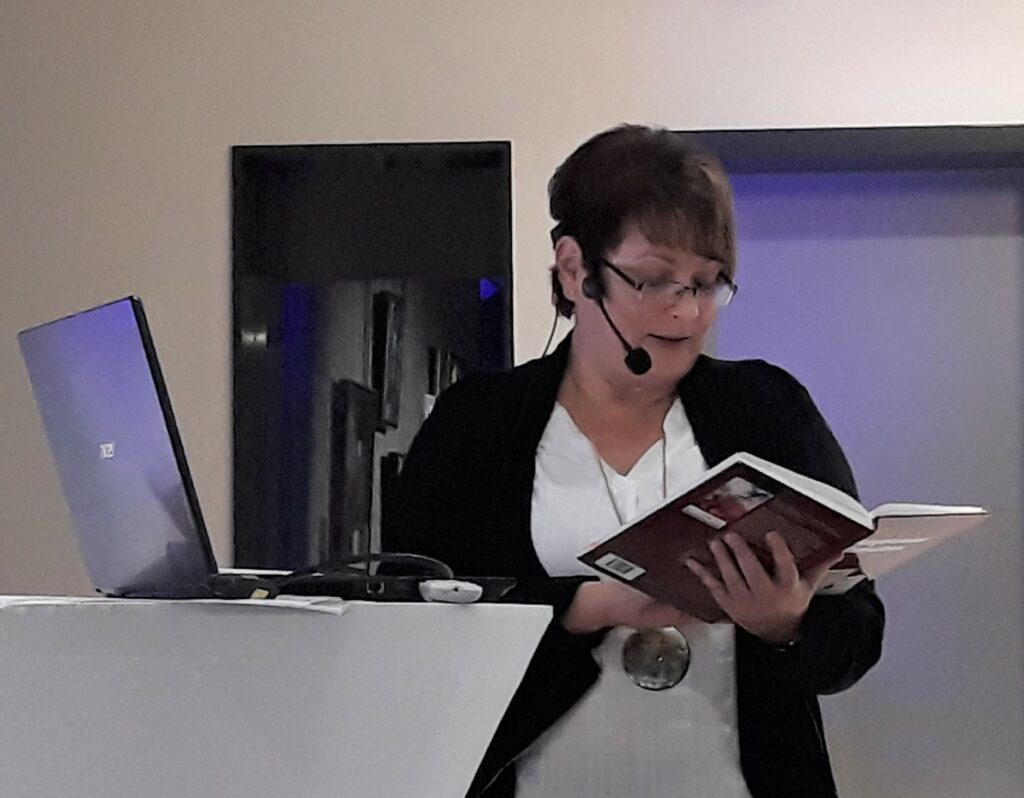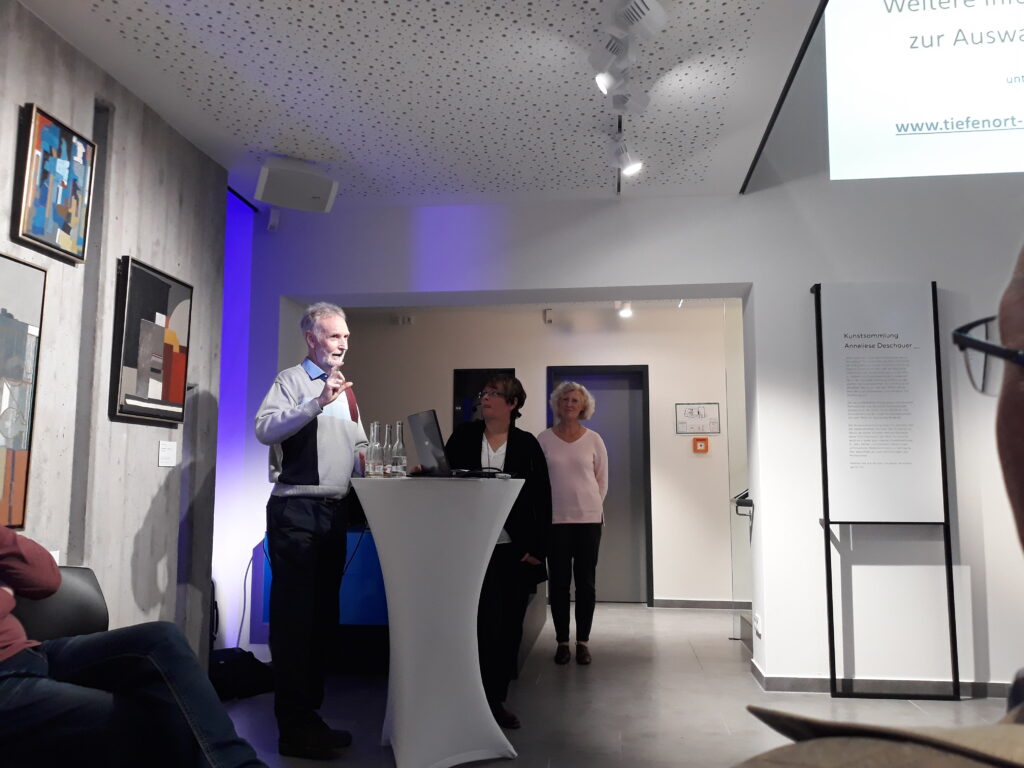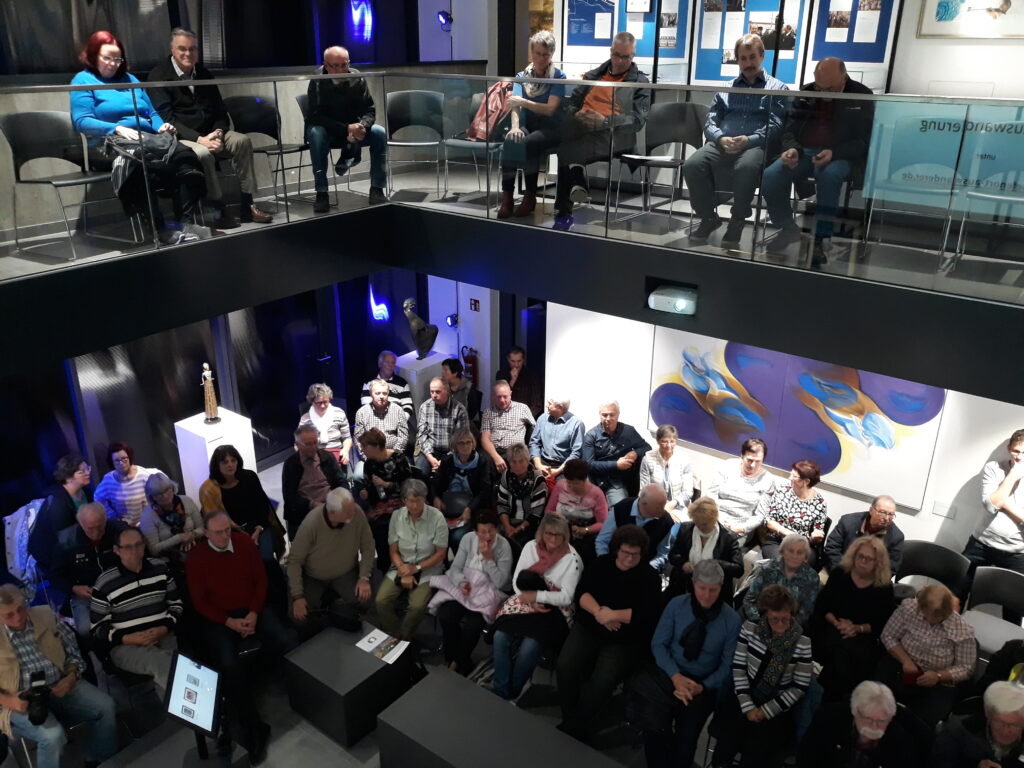Historians and book authors Astrid Adler and Bruno Leister reported on the topic:
“Emigration in the 19th century from the Grand Duchy of Saxony-Weimar-Eisenach” and “Emigrants from the Geisa Office”.
The local history and history association “Geisaer Amt” and the association for the promotion of art, culture and science Geisa e. V. had on October 18, 2019 together to an interesting lecture about emigrations in the 19th century invited. The speaker was the historian and book author Astrid Adler from Tiefenort.

Chairwoman Doris Heim welcomed the numerous guests on behalf of the Friends and introduced the speaker. Astrid Adler knew a lot to tell about the emigrations in the 19th century from the Grand Duchy of Saxony-Weimar-Eisenach and in her lecture she especially dealt with the emigrants from the Geisa office.
305 Emigrants from Geisa
Thus, the audience learned that there were about 305 emigrants in Geisa at that time. In Wartburgkreis, the emigration rate of the population was highest in Gehaus with 50%, followed by Kieselbach with 46% and Tiefenort with 35%. The rate was 18% in Geisa, 17% in Vacha and lowest in Gerstungen at 10%.

The author named some emigrants in her lecture and local finds in newspapers or other sources gave a face to the emigrants. Astrid Adler was able to report about emigrants from Apfelbach, Borsch, Bremen, Geblar, Geismar, Ketten, Kranlucken, Otzbach, Schleid, Spahl and Wiesenfeld, because she had thoroughly researched passenger lists and other documents.
Difficult crossing to America
The descriptions of the difficult conditions during the crossing to America were also exciting. The reasons for emigration were mainly economic conditions, but also climate change, crop failure and famine.
Poorhouses were the responsibility of the municipalities, so there was also financial support when residents registered to emigrate. For creditor protection, emigrants had to publish an advertisement twice in the newspaper that they wanted to emigrate; the speaker also showed examples of this.
The 60 or so guests listened very attentively and with interest to Astrid Adler’s descriptions and were then able to ask questions and also discuss with local historian Bruno Leister. Both presented their books and brochures on the subject of emigration.
